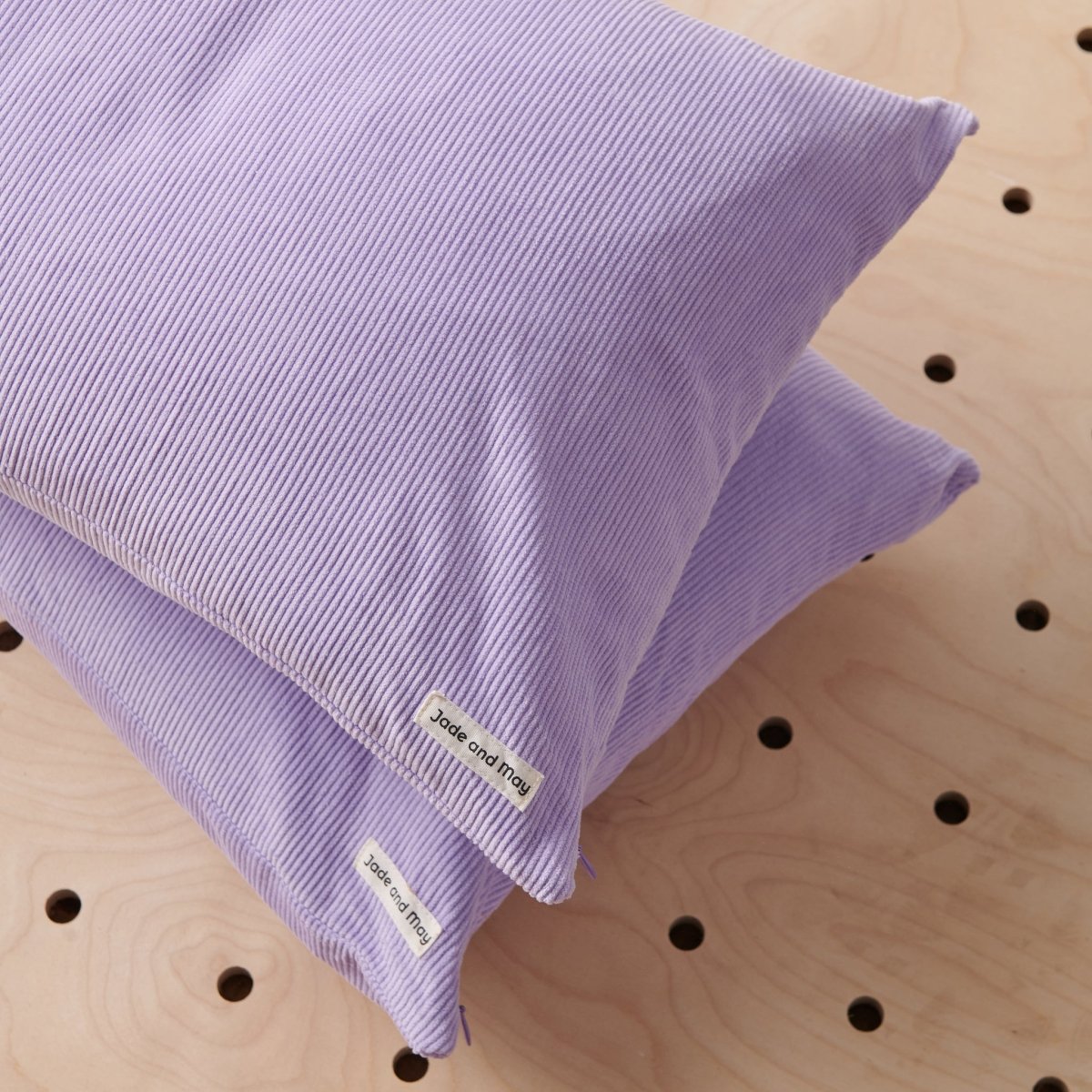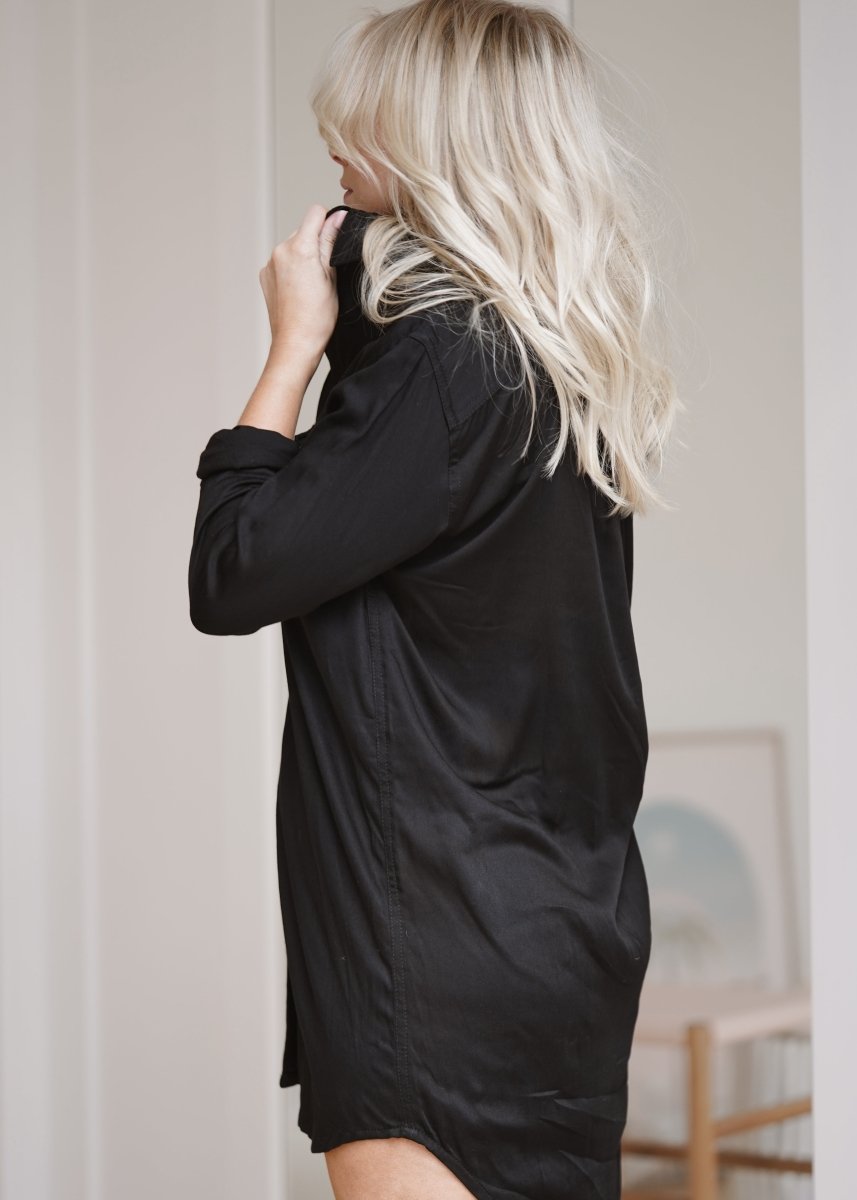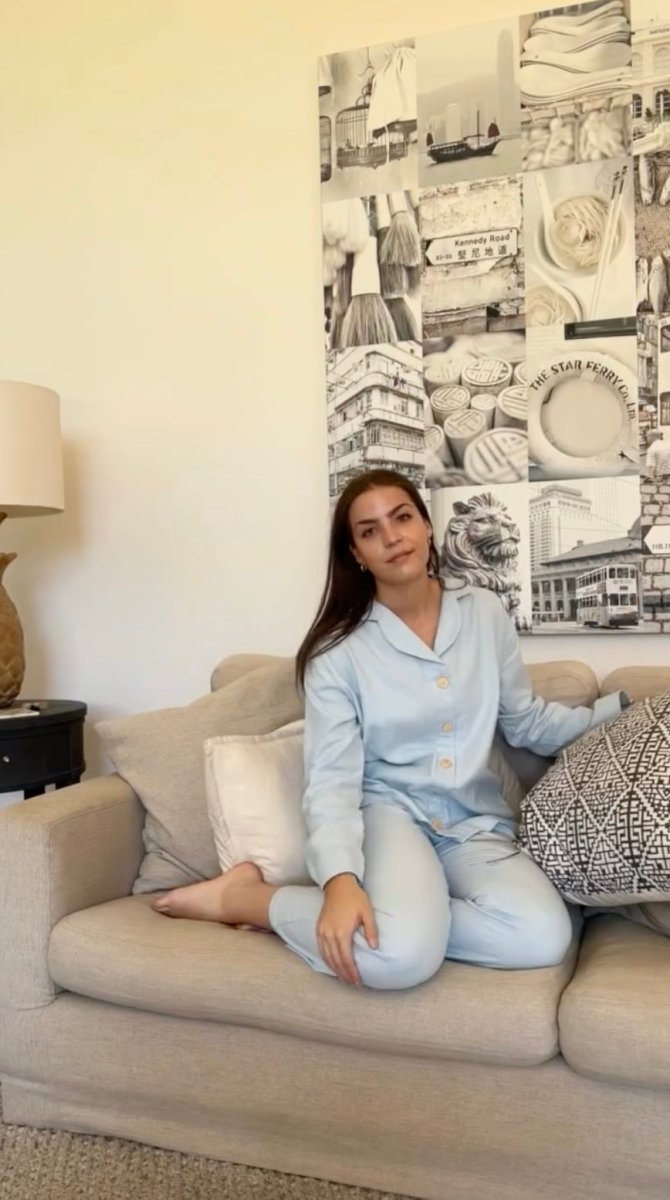The Ins and Outs of Cord Fabric-making: What's behind the Soft Threads?
If you've ever worn corduroy pants, chances are you've had the texture of cord fabric bewitch you: the fuzziness, the softness, the cozy feeling. Corduroy material is a fabric that really does full like a hug. But, have you ever wondered how this textile comes together? Today, we'll be revealing the ins and outs of cotton cord fabric-making. It's like a science class but with more fluff!
Part 1: The Heart of Cotton Cord Fabric-Making
The first step in making cord fabric is creating the foundation. This is done by weaving the cotton yarns together and running them perpendicularly to create a network of squares. The weaving process is done using a special loom known as a dobby loom. The loom works by raising and lowering particular warp fibres to form the pattern designs. Once the base fabric is produced, it is sent to a finishing mill where it undergoes scouring and bleaching. This process helps ensure that the fabric does not shrink after being converted into corduroy
Part 2: Making the Pile
The process of pile-cutting is the most fascinating part of cord fabric-making. Pile-cutting machines work by clipping loops of yarn from the base fabric to create tiny threads or tufts. Cord fabric can be made in three different patterns - standard-wale, pin-wale and wide-wale - depending on the number of cords per inch, ranging from 4-30. The tufts are subsequently brushed to enhance their softness by raising the nap of the fabric. Once the pile has been cut, a second round of scouring is done to remove any loose fibres, so the cord fabric looks clean and uniform
Part 3: Finding the Right Colors
After the fabric has been washed, dyed and treated, it's time to add some colour. The fabric is fed through a printing press that adds dye paste to it, followed by the application of pressure and temperature to bind the dye to the fibres. To create those classic hues of cord fabric, manufacturers mix fibres of different colours before weaving. However, selective dyeing can also be applied, leading to a more diverse range of shades
Part 4: Finishing the Product
After all of these steps, the fabric is tightly rolled and held together with woven or leather straps. Manufacturers use these rolls to cut it into different dimensions and shapes that are then sent to the clothing industries for production. Some examples of garments made from cord fabric include jackets, trousers, and hats. Cord fabric is suitable for long-wearing garments as it is durable and warm.As you can see, the process involved in creating this fluffy material is a lot more complex than we initially imagined. If you're in love with cord fabric and the way it feels against your skin, you'll appreciate getting to know it's origins. There is more to this fabric than meets the eye, and it is a testament to how much effort and creativity goes into creating the perfect textile. With cord fabric, we confirm that beauty, warmth, and convenience, can all come together in a single, fluffy material. Now you can face those chilly days in style, knowing where your cozy threads come from.



